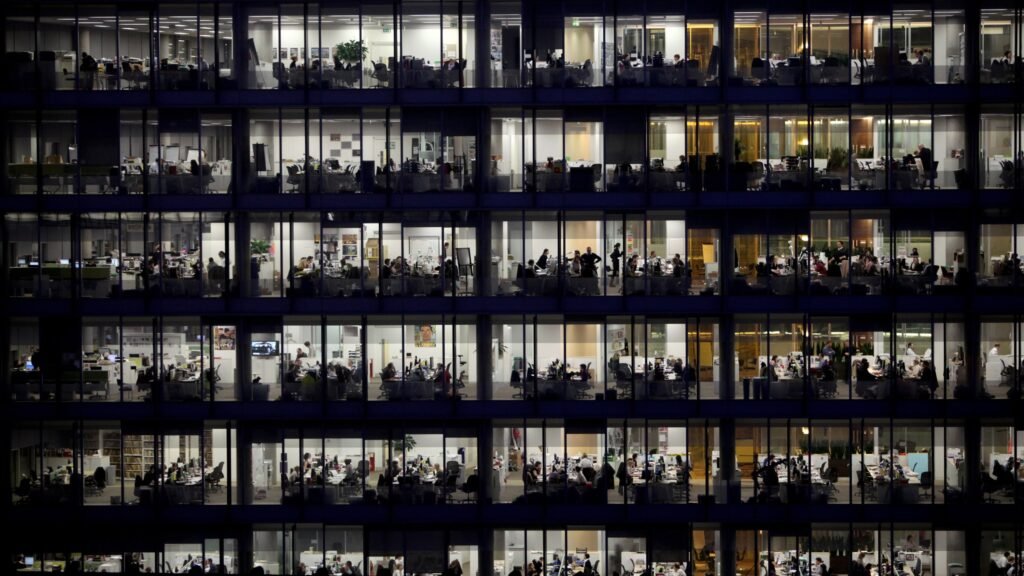Everyone knows that markets hate uncertainty.
Proof that this well-worn investment cliché has real substance can be seen in the way markets responded to a series of unforeseen events during the past decade.
In 2016 there was the Brexit referendum, followed by the Covid-19 pandemic four years later, which led to protracted lockdowns.
More recently, Russia invaded Ukraine, the Gaza-Israel conflict erupted and the US air force targeted Iran’s nuclear facilities with bunker-busting bombs, swiftly followed by US President Donald Trump’s upbeat social media announcement of a phased ceasefire between Israel and Iran.
Real estate retains its dominant position as the most valuable asset class and the largest concentration of wealth in the world
Just as one disruptive event appears to be coming to an end, another begins — and when we start to get to grips with that, the unpredictable Trump factor continues to hold sway.
Market uncertainty
In truth, the real estate market is no different to any other when responding to disruption and uncertainty, albeit the market trends are invariably less short term.
But there are additional factors to consider, not least the impact of sustained higher interest rates following more than a decade of artificially low rates, and inflation, which remains stubbornly higher than anticipated.
Against this backdrop it is perhaps understandable that before making their next move some investors and businesses may continue to sit on the sidelines waiting for the right moment.
But perhaps the time has come to stop sitting and start moving.
Globally, the comparative figures for asset classes, which represent the most significant portions of investment portfolios, are quite remarkable.
According to Savills World Research, global real estate value — which combines commercial, residential and agricultural land — is estimated to be worth $380tn (£276.7tn), making it the largest asset class overall and almost four times the value of global GDP.
This compares with (fixed income) debt securities ($129.8tn), equities ($98.9tn) and gold ($12.2tn).
A valuable asset
Despite market upheavals, real estate therefore retains its dominant position as the most valuable asset class and the largest concentration of wealth in the world.
This should not come as a surprise. Real estate is tangible, immovable and usually safe.
Historically, it has proved to be a strong hedge against inflation: as the cost of living increases, so does the price of real estate.
For commercial property owners, their real estate assets also create long-term income: the rent/return that they yield further protects the value of each investment.
Having decreased from 2021-23 in the aftermath of the pandemic, global real estate investment recovered slightly last year — a trend expected to continue in the second half of this year.
According to CBRE — the world’s largest commercial real estate services and investment firm — the commercial real estate market is showing further signs of recovery and increased investment activity.
Reports from CBRE suggest a potential 15 per cent increase in investment, fuelled by rising property values, lower interest rates and reduced debt costs.
Driven by rental values, capital values for real estate are rising, with the latest indicator showing they increased by 0.3 per cent in May.
Similarly, rental values also rose by 0.3 per cent in May, while total returns for the month were 0.7 per cent, according to CBRE.
Repurposing real estate
Although some commercial real estate subsectors are seeing increased investment, the decrease in office investment continues.
The legacy of Covid remains a significant factor: it is still being felt, as businesses continue to manage hybrid and remote working, with the inevitable underutilisation of their office space.
As a result, many office buildings, particularly in central business districts, are now being repurposed for residential, retail or hotel use, which is becoming an increasingly attractive investment option.
In Edinburgh, for example, almost every large repurposed office building is being converted to a hotel.
Some analysts view real estate as land disguised as buildings, with potential for their redevelopment yet to be unlocked.
Although strong demand for new residential properties continues to put pressure on UK developers, the repurposing of many existing buildings could relieve some of the pressure more effectively and at greater speed.
Of course, there are risk factors in owning real estate: running and repair costs need to be taken into account, alongside the potential risk of property being damaged, destroyed or becoming a stranded asset.
Investment in commercial property now also requires an environmental, social and governance strategy that focuses on integrating sustainable and ethical practices into the management and operations of buildings.
In formulating an appropriate ESG strategy, passing on the associated costs to tenants can be difficult.
But according to market reports, properties with strong ESG credentials are now achieving higher rental values and lower vacancy rates.
As the UK commercial property market shows signs of recovery, caution persists, particularly regarding potential impacts from economic uncertainty and changing work patterns.
Simultaneously, many analysts predict renewed investor interest and rental growth.
The road to recovery may be rocky, but the positives of a well-managed asset look set to outweigh the negatives.
Hard work, but potentially rewarding too.
Jonathan Dobkin is a partner at Hunters

